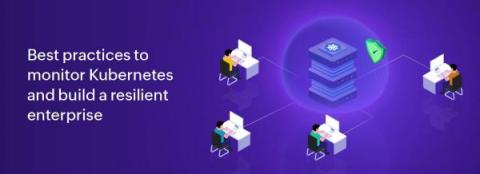Understanding Failover Clusters and their performance issues
In part 1 of this two-part blog about utilizing Failover Clusters in your network to improve performance and availability, we'll uncover how they work, why they are popular for large-scale organizations, and discuss several of the most common issues with them. In part 2, we'll discover the best troubleshooting strategies to address Failover Cluster performance issues, and we'll review a helpful checklist that streamlines the process for fixing these issues.










